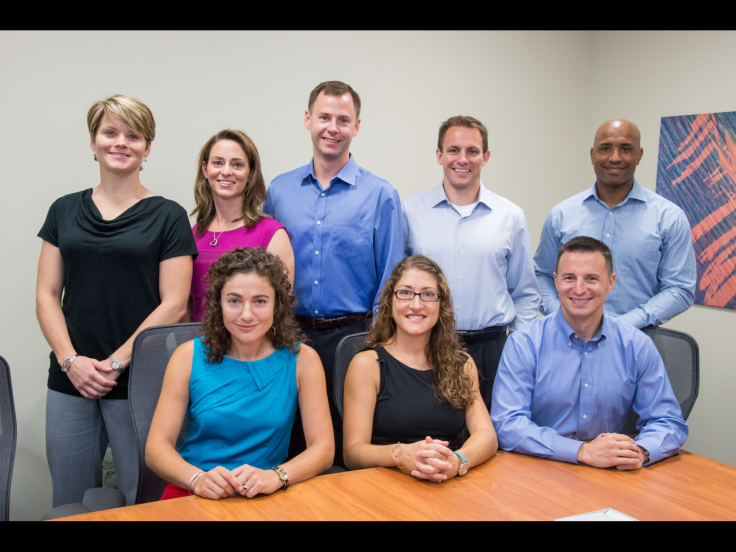NASA Unveils Its Next Generation Of Astronauts: Meet The 2013 Astronaut Candidate Class

NASA introduced the 2013 astronaut candidate class during a press conference at the Johnson Space Center. The eight members will spend the next two years training to become the next generation of NASA astronauts.
The eight members of the 2013 NASA astronaut candidate class are Josh A. Cassada, 39; Victor J. Glover, 37; Tyler N. Hague, 37; Christina M. Hammock, 34; Nicole Aunapu Mann, 35; Anne C. McClain, 34; Jessica U. Meir, 35 and Andrew R. Morgan, 37.
The announcement of the new astronaut candidate class was made at Johnson Space Center, located in Houston, Texas, which, according to NASA administrator Charles Bolden, has served as the “Home of America’s spaceflight programs” from the Gemini program to the current International Space Station. During Bolden’s introduction of the new astronaut candidate class, he noted that half of the recruits were women, the highest percentage in NASA’s history. Bolden said of the class, “They not only have the right stuff, professionally, physically and personally, they represent the full tapestry of American diversity.”
Cassada is a physicist and serves as a Lt. Commander with the U.S. Navy. Glover is a Lt. Commander with the U.S. Navy and is an F/A-18 pilot. Hague is Lt. Colonel with the U.S. Air Force and currently serves as the Deputy Chief of the Joint Improvised Explosive Device Defeat Organization. Morgan is a Major with the U.S. Army and has served as a flight surgeon and emergency physician.
Hammock is the National Oceanic and Atmospheric Administration (NOAA) Station Chief in American Samoa. Mann is a Major with the U.S. Marine Corps and an F/A-18 pilot. McClain is a Major with the U.S. Army and is an OH-58 helicopter pilot. Meir joins Hammock as the only other civilian candidate and is an assistant professor of anesthesia at Harvard Medical School.
More than 6,100 people applied, and the top 120 applicants underwent evaluations and interviews at Johnson Space Center. The top 120 were whittled down to 49, and after another round of interviews and evaluations, the eight members of the 2013 astronaut candidate class were chosen. The candidates have already started their training in Houston. According to Bob Behnken, NASA chief astronaut, the candidates will learn about various roles on the International Space Station while training in a T-38 jet fighter for aviation experience. The candidates will also travel to the various NASA centers across the country to learn more about the space agency’s infrastructure.
Bolden discussed the future of spaceflight and how the astronaut candidates will fly on commercial space systems and possibly take part in missions to nearby asteroids or on the first-ever manned mission to Mars. A focal point of Bolden’s speech was the Global Exploration Roadmap, created by the International Space Exploration Coordination Group, which counts NASA among its 12 members.
The roadmap includes plans to increase the number of people in space, proposed asteroid missions and a possible mission to Mars by 2030. The new astronauts will be vital to these plans. According to Bolden, “The new astronauts we are introducing today are critical to achieving our ambitious goals. They will help us continue to lead the world in exploration, and they will become the role models for boys and girls, men and women around the world. Their journey begins now, and the nation, as it always has, will be right beside them reaching for the stars.”
A video of NASA’s 2013 astronaut candidate class can be viewed below.
© Copyright IBTimes 2024. All rights reserved.




















